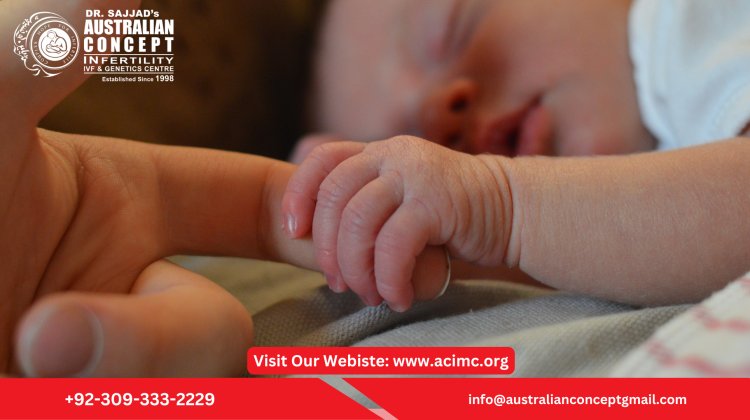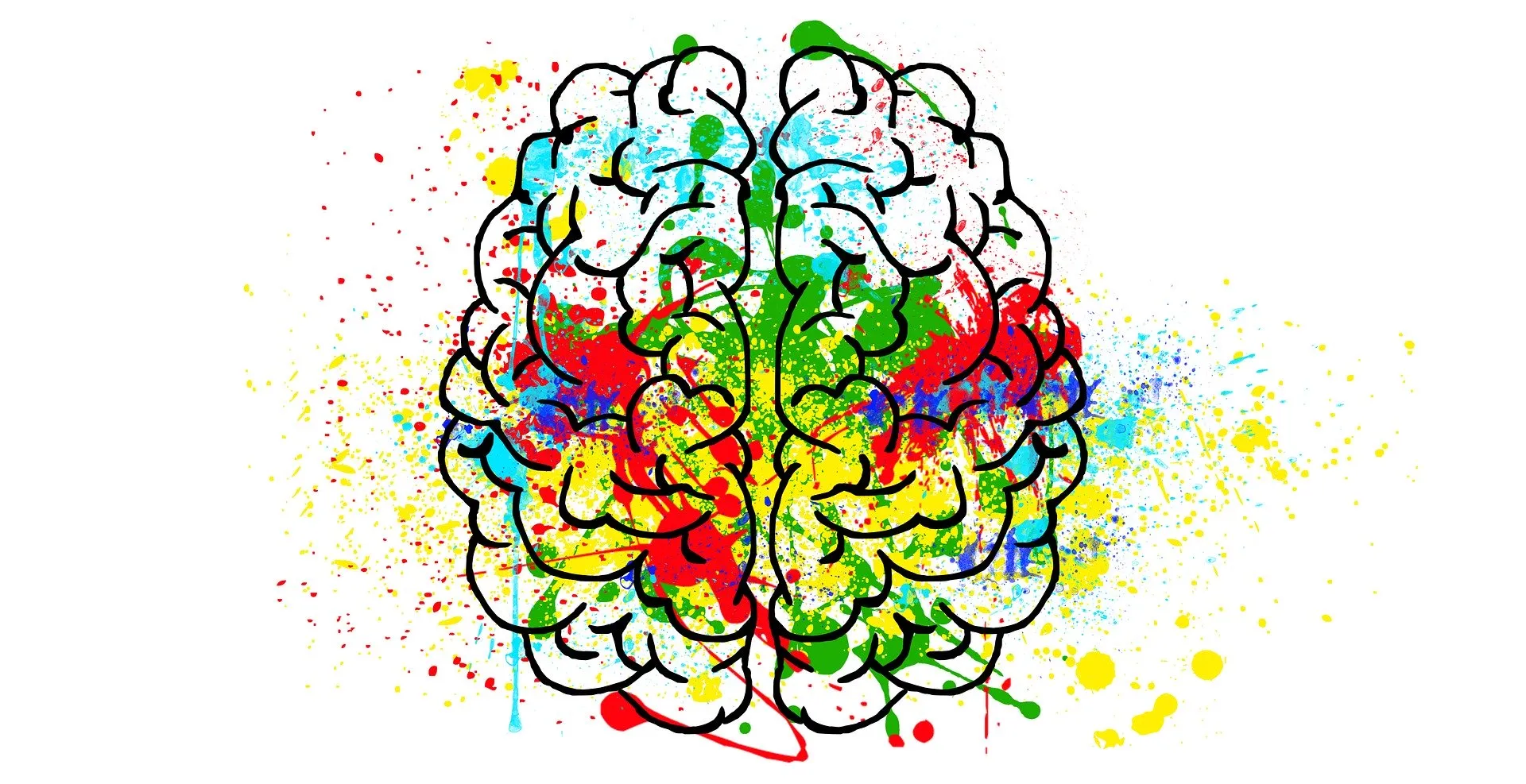In Vitro Fertilization (IVF): What is IVF & Step by Step IVF Process
In vitro fertilization (IVF) is an assisted reproductive technology that helps individuals and couples conceive by fertilizing an egg with sperm in a laboratory. The process includes several key steps: an initial consultation and testing, ovarian stimulation with hormone injections, egg retrieval, sperm collection and fertilization, embryo culture and selection, embryo transfer, luteal phase support, and a final pregnancy test. IVF is a structured and effective fertility treatment, and consulting an infertility specialist can improve the chances of a successful pregnancy.

What is IVF?
In vitro fertilization (IVF) is an assisted reproductive technology (ART) that helps individuals or couples conceive when natural conception is challenging. It involves fertilizing an egg with sperm outside the body in a laboratory and then transferring the resulting embryo into the uterus.
Step-by-Step IVF Process
IVF treatment follows a structured approach to enhance the chances of a successful pregnancy. The key steps include:
1. Initial Consultation and Testing
A fertility specialist evaluates the patient's medical history, performs diagnostic tests, and recommends the best IVF protocol based on individual needs.
2. Ovarian Stimulation
Hormonal medications, including gonadotropins, are administered through injections to stimulate the ovaries to produce multiple eggs. This phase lasts around 8–14 days, with regular monitoring through ultrasounds and blood tests.
3. Egg Retrieval (Oocyte Retrieval)
Once the follicles reach the desired size, an ovulation trigger injection is given. After 36 hours, a minor surgical procedure is performed under sedation to retrieve mature eggs from the ovaries.
4. Sperm Collection and Fertilization
A sperm sample is collected from the male partner or a donor. The sperm is then processed and used to fertilize the retrieved eggs in the laboratory through conventional IVF or intracytoplasmic sperm injection (ICSI).
5. Embryo Culture and Selection
The fertilized eggs develop into embryos, which are monitored for several days. The healthiest embryos are selected for transfer.
6. Embryo Transfer
A selected embryo is transferred into the uterus using a thin catheter. This painless procedure takes only a few minutes.
7. Luteal Phase Support
Hormonal medications such as progesterone are prescribed to support the uterine lining and enhance embryo implantation.
8. Pregnancy Test
After two weeks, a blood test is conducted to determine whether the IVF cycle was successful.
Conclusion:
IVF is a well-established fertility treatment that offers hope to couples struggling with infertility. Consulting an infertility specialist ensures personalized care and increases the chances of a successful pregnancy.
For More Details: https://acimc.org/ivf-lahore/
What's Your Reaction?



















.jpg)
